The phenomenon of road rage has long been a concerning issue in modern transportation systems, with escalating incidents of aggressive driving behaviors leading to accidents, injuries, and even fatalities. Recent advancements in automotive technology and psychological research have converged to explore a promising solution: in-cabin emotion recognition and intervention systems. These innovative technologies aim to detect drivers' emotional states in real-time and deploy countermeasures to mitigate the risks associated with road rage.
Road rage, characterized by sudden outbursts of anger or aggression while driving, often stems from stress, frustration, or perceived provocation on the road. Studies indicate that drivers experiencing intense emotions exhibit impaired judgment, slower reaction times, and increased risk-taking behaviors. Traditional approaches to addressing road rage have focused on public awareness campaigns and punitive measures, but these methods often fail to address the immediate emotional triggers. This gap has spurred researchers and automakers to develop systems that can identify emotional distress as it occurs and intervene before dangerous behaviors manifest.
The science behind in-cabin emotion recognition relies on a combination of biometric sensors, facial expression analysis, and voice pattern recognition. Cameras mounted on the dashboard or steering column monitor the driver's facial expressions for signs of anger, such as furrowed brows or clenched jaws. Meanwhile, voice recognition software analyzes tone, pitch, and speech patterns to detect agitation. Some advanced systems incorporate physiological measurements like heart rate variability, skin conductance, and even brainwave patterns through wearable devices or embedded sensors in the steering wheel.
When these systems detect signs of rising anger or stress, they can initiate various intervention strategies. Simple audio-visual cues like calming music, breathing exercise prompts, or soothing voice messages have shown effectiveness in laboratory settings. More sophisticated systems may adjust the vehicle's environment by modifying cabin lighting, temperature, or even releasing mild aromatherapy scents known for their relaxing properties. In extreme cases where the system determines the driver poses an immediate danger, it could activate safety protocols such as gradually reducing speed or alerting nearby vehicles through connected car networks.
Ethical considerations surrounding emotion recognition technology in vehicles have sparked vigorous debate among privacy advocates and technologists. Critics argue that continuous monitoring of drivers' emotional states constitutes an invasion of privacy and raises concerns about data security. There are also questions about the accuracy of emotion recognition algorithms and their potential for misinterpretation, particularly across different cultures, age groups, and individuals with certain neurological conditions. Automakers and developers must navigate these concerns carefully, ensuring transparency about data collection practices while demonstrating the life-saving potential of these systems.
Field tests of emotion recognition systems have yielded promising results, with participating drivers showing measurable reductions in aggressive behaviors and self-reported stress levels. In one European study, vehicles equipped with basic emotion detection capabilities demonstrated a 23% decrease in sudden acceleration events and a 17% reduction in harsh braking incidents during high-traffic conditions. These findings suggest that even preliminary versions of the technology can positively influence driver behavior, though researchers caution that long-term studies are needed to assess sustained effectiveness.
The integration of emotion recognition systems with other advanced driver-assistance features represents the next frontier in automotive safety. Future vehicles might combine real-time emotional data with information about traffic conditions, weather, and the driver's physiological state to create comprehensive risk assessment models. Such systems could potentially predict when a driver is becoming overwhelmed before they consciously recognize it themselves, allowing for preemptive intervention. This proactive approach marks a significant shift from traditional reactive safety measures in vehicles.
As the technology matures, standardization and regulation will become crucial factors in its widespread adoption. Automotive safety organizations are beginning to establish guidelines for emotion recognition systems, focusing on reliability metrics, fail-safe mechanisms, and driver override options. Manufacturers face the challenge of implementing these systems in ways that feel helpful rather than intrusive, as driver acceptance will ultimately determine the technology's success. The ideal system would strike a delicate balance between effective intervention and respect for the driver's autonomy.
Psychological research continues to inform the development of more nuanced emotion recognition algorithms. Recent studies have identified subtle patterns in eye movements, grip pressure on the steering wheel, and even foot positioning that can indicate building frustration. By incorporating these additional data points, systems can achieve earlier and more accurate detection of problematic emotional states. This multidisciplinary approach, combining insights from psychology, computer science, and human factors engineering, holds particular promise for creating systems that adapt to individual drivers' unique behavioral patterns.
The commercial automotive market has begun responding to these developments, with several luxury vehicle manufacturers already offering basic emotion-aware features in their latest models. Industry analysts predict that within five years, emotion recognition capabilities will become standard in mid-range vehicles, following a similar adoption curve to other safety technologies like automatic emergency braking. This rapid progression reflects both the urgency of addressing road rage incidents and the growing societal acceptance of assistive technologies in personal vehicles.
Looking ahead, researchers envision emotion recognition systems that not only prevent dangerous behaviors but also contribute to overall driver wellbeing. By identifying patterns in emotional responses to certain driving conditions, these systems could provide personalized feedback to help drivers understand and manage their stress triggers. Some prototypes even incorporate elements of cognitive behavioral therapy techniques, guiding drivers through reframing exercises when the system detects irrational anger responses. This therapeutic dimension represents an exciting convergence of automotive safety and mental health awareness.
While technological solutions show great promise, experts emphasize that they should complement rather than replace broader efforts to address the root causes of road rage. Urban planning that reduces traffic congestion, driver education programs that emphasize emotional regulation techniques, and cultural shifts in our attitudes toward driving all play crucial roles in creating safer road environments. The most effective approach will likely combine technological interventions with these systemic changes, creating multiple layers of protection against the dangers of emotional driving.
The development of in-cabin emotion recognition systems reflects a growing recognition that vehicle safety extends beyond mechanical reliability and collision avoidance. By addressing the human emotional factor in driving, these innovations have the potential to significantly reduce road rage incidents and create more harmonious transportation ecosystems. As research progresses and technology becomes more sophisticated, we may be approaching a future where vehicles not only protect us from physical harm but also help us maintain emotional balance behind the wheel.
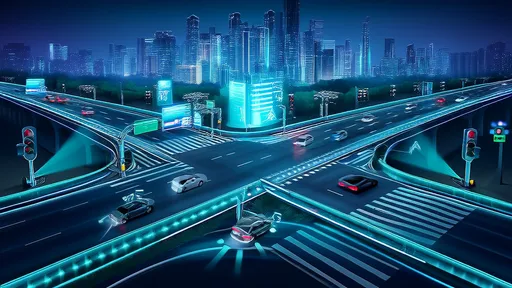
By /Jun 14, 2025
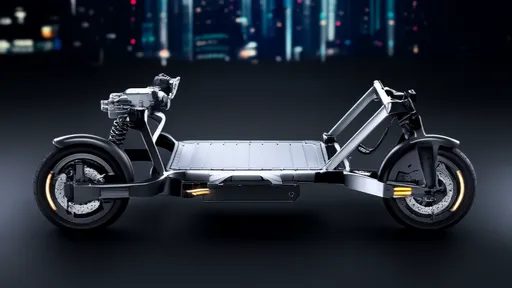
By /Jun 14, 2025

By /Jun 14, 2025

By /Jun 14, 2025
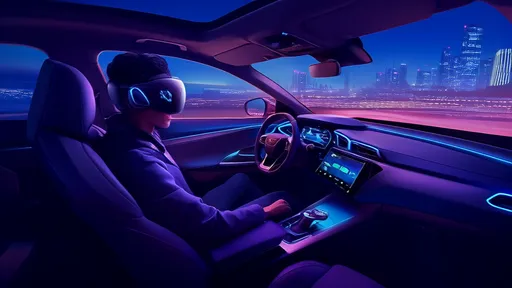
By /Jun 14, 2025

By /Jun 14, 2025
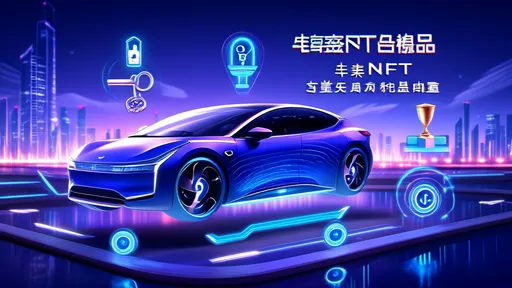
By /Jun 14, 2025
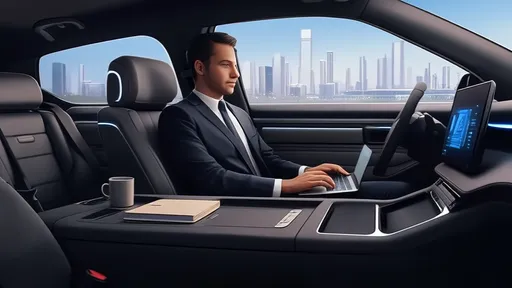
By /Jun 14, 2025
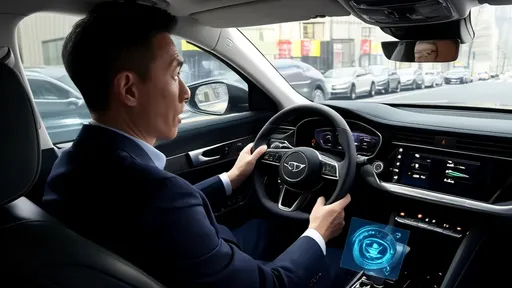
By /Jun 14, 2025
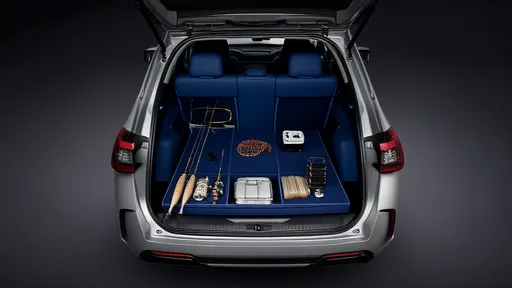
By /Jun 14, 2025
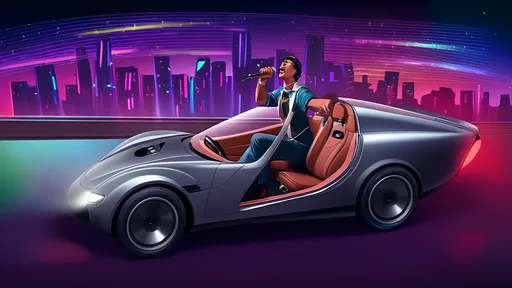
By /Jun 14, 2025
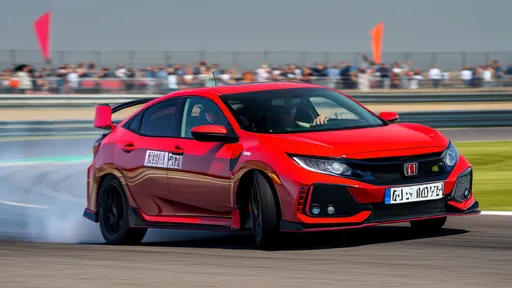
By /Jun 14, 2025
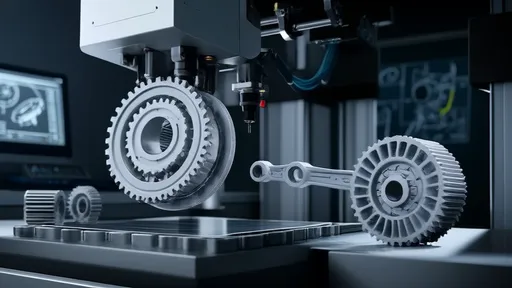
By /Jun 14, 2025
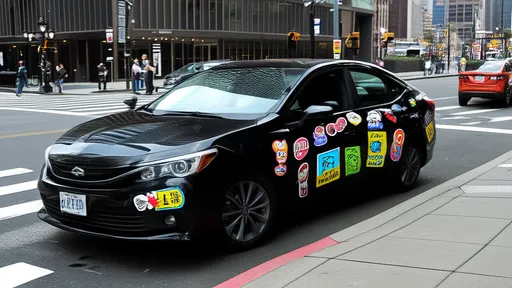
By /Jun 14, 2025
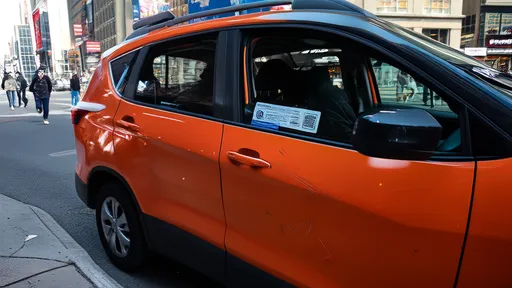
By /Jun 14, 2025
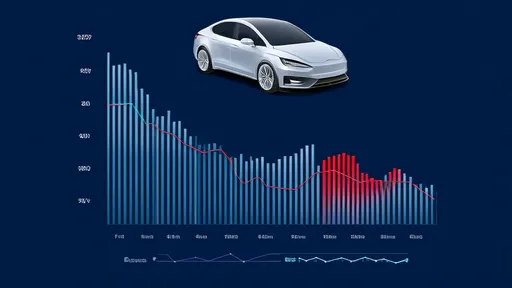
By /Jun 14, 2025
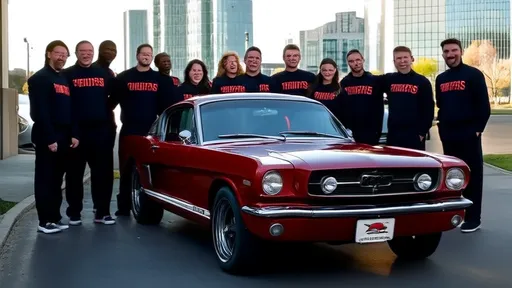
By /Jun 14, 2025
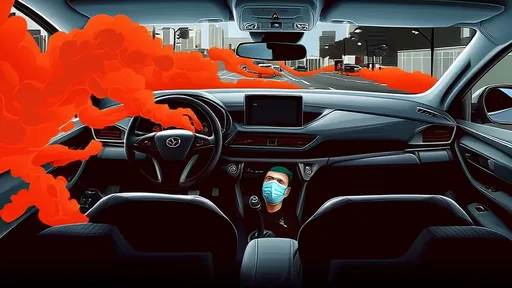
By /Jun 14, 2025